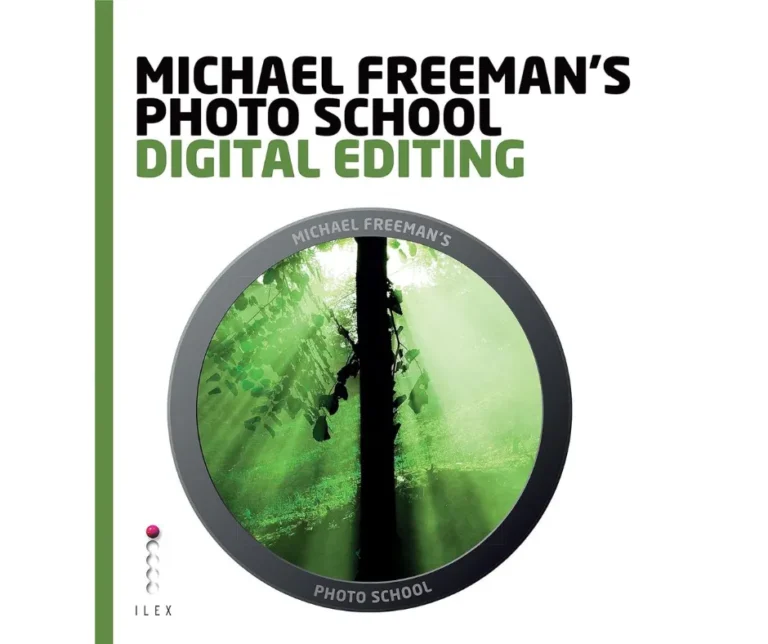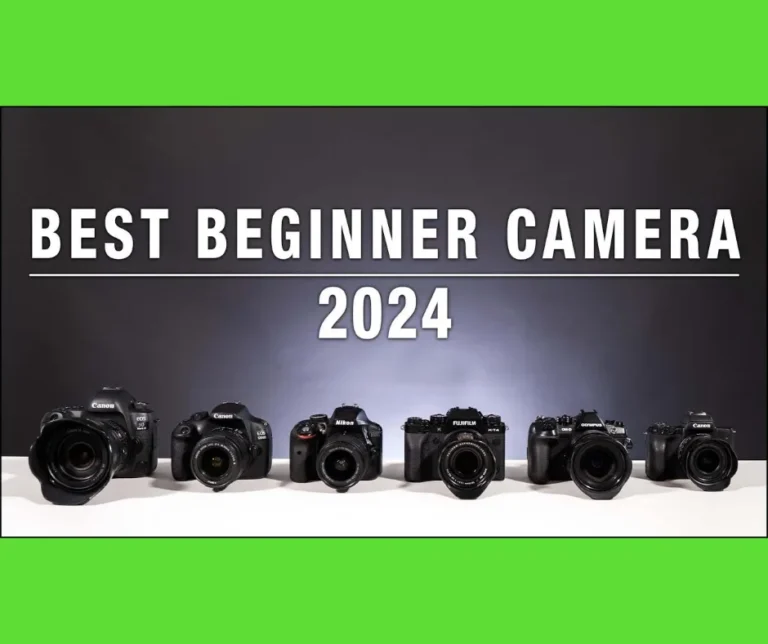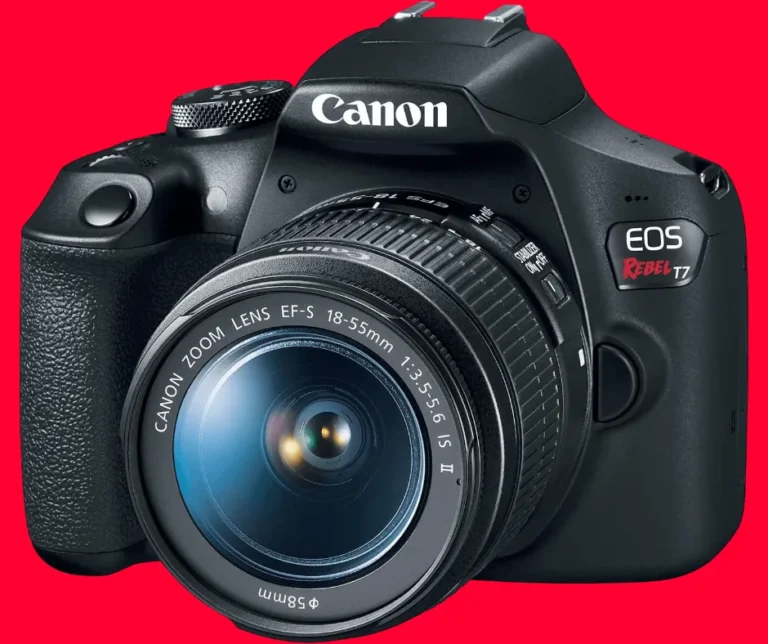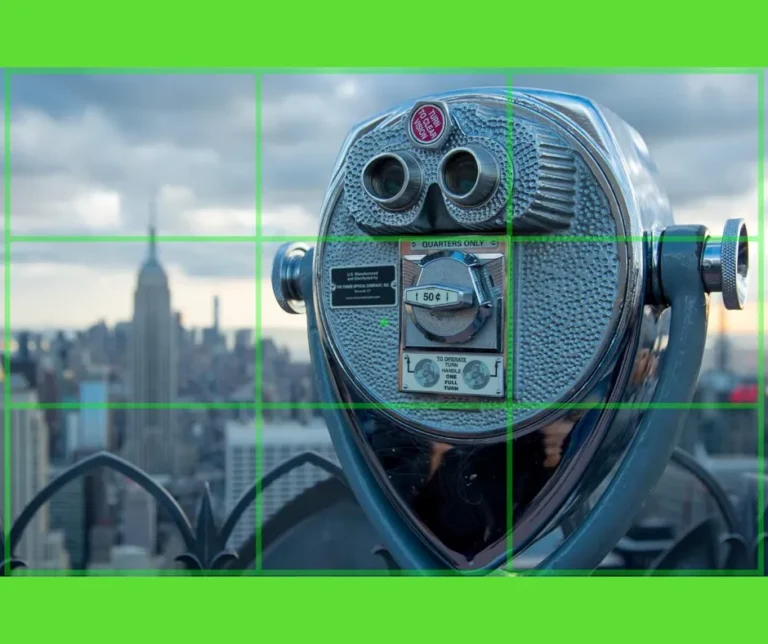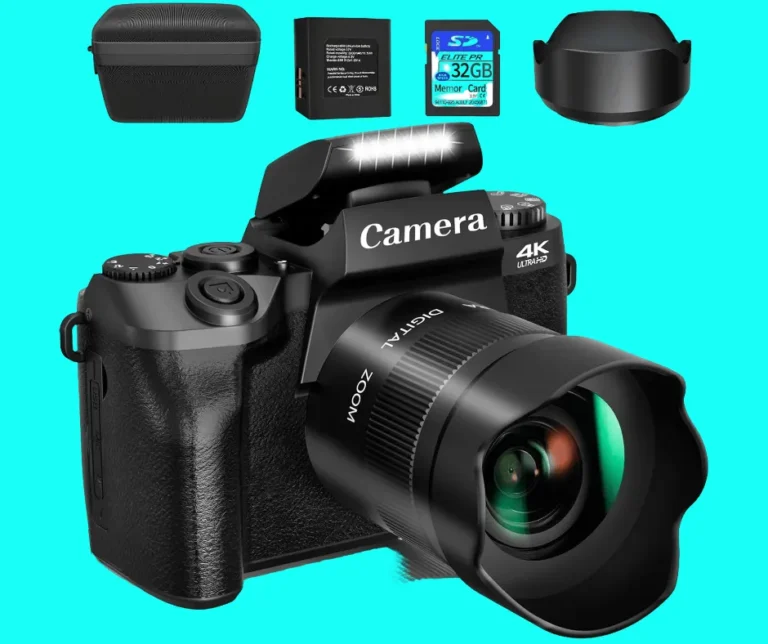Mastering the Basics: A Beginner’s Guide to Amateur Photography
If you have recently developed an interest in photography, you have likely been overwhelmed by the vast amount of information and techniques available.
With so many advanced cameras and editing software on the market, it can be tempting to jump right into the deep end.
However, mastering the basics is crucial for any beginner looking to build a strong foundation in amateur photography.
In this guide, we will take you through the essential skills and knowledge needed to start your journey in capturing stunning images.
From understanding your camera settings to composition techniques, by the end of this article, you will have a solid understanding of the fundamentals of amateur photography.
So, grab your camera and get ready to dive into the fascinating world of photography.
Capture stunning photos with confidence
To truly excel in the art of amateur photography, it is crucial to capture stunning photos with confidence.
With the right skills and techniques, you have the power to transform ordinary moments into extraordinary visual stories.
By mastering the basics of composition, lighting, and exposure, you can unlock the full potential of your camera and unleash your creativity.
Understanding the various settings and functions of your equipment will give you the confidence to experiment and push the boundaries of your photography.
Remember, practice makes perfect, so don’t be afraid to get out there and capture the world through your lens.
With “Mastering the Basics: A Beginner’s Guide to Amateur Photography” as your comprehensive resource, you can embark on a journey of growth, self-expression, and breathtaking imagery.
Understand your camera’s settings
One of the fundamental aspects of becoming a skilled amateur photographer is to develop a thorough understanding of your camera’s settings.
With “Mastering the Basics: A Beginner’s Guide to Amateur Photography” as your comprehensive resource, you can delve into the intricacies of aperture, shutter speed, ISO, and white balance.
By familiarizing yourself with these settings and their impact on your photographs, you will gain greater control over the final outcome of your images.
Adjusting the aperture, for instance, allows you to manipulate depth of field, resulting in either a sharp, focused subject or a beautifully blurred background.
Similarly, mastering shutter speed empowers you to freeze fast-moving subjects or capture dreamy, long-exposure shots.
As you navigate through the various settings of your camera, you will unlock a realm of creative possibilities, enabling you to capture the world exactly as you envision it.
Utilize natural lighting techniques
To truly enhance your photography skills, it is essential to master the art of utilizing natural lighting techniques.
Light is the very essence of photography, and learning to harness natural light can elevate your images to a whole new level.
With “Mastering the Basics: A Beginner’s Guide to Amateur Photography” as your trusted guide, you will discover the power of natural light in shaping the mood, texture, and overall impact of your photographs.
Embrace the golden hour, that magical time shortly after sunrise or before sunset when the light is soft, warm, and casts captivating shadows.
Experiment with backlighting, allowing the sun to illuminate your subject from behind, creating a mesmerizing halo effect.
Don’t be afraid to explore different angles and perspectives to make the most of the available light.
By understanding and utilizing natural lighting techniques, you will be able to add a touch of magic and authenticity to your photography, capturing moments that truly come alive.
Learn framing and composition techniques
With “Mastering the Basics: A Beginner’s Guide to Amateur Photography” as your comprehensive resource, you can delve into the realm of framing and composition techniques to take your photography to new heights.
Understanding how to frame your subject and compose your shot is crucial in creating visually compelling images.
Learn about the rule of thirds, a fundamental principle in photography, which involves dividing your frame into nine equal parts and placing your subject along the intersecting lines or at the points of interest.
Explore leading lines, using elements such as roads, fences, or even natural formations to guide the viewer’s eye towards your subject.
Experiment with different perspectives, such as shooting from a low angle to add drama or from a high vantage point to provide a unique viewpoint.
By mastering framing and composition techniques, you will be able to create visually captivating photographs that tell a story and leave a lasting impression.
Edit your photos like a pro
Transform your amateur photographs into professional-looking masterpieces with the invaluable editing techniques provided in “Mastering the Basics: A Beginner’s Guide to Amateur Photography.
” Discover the power of post-processing software, allowing you to enhance colors, adjust exposure, and sharpen details to achieve stunning results.
Dive into the world of retouching, learning how to remove blemishes, soften skin tones, and even reshape elements within your photos.
Explore the art of creative editing, experimenting with filters and effects to add unique styles and moods to your images.
With step-by-step instructions and practical tips, you’ll gain the skills and confidence to edit your photos like a pro, taking your amateur photography to the next level and capturing moments that leave a lasting impression.
Hopefully, this beginner’s guide has given you a solid foundation to start your journey in amateur photography.
By understanding the basics of camera settings, lighting, and composition, you have already taken the first steps towards creating beautiful and meaningful photographs.
Remember to keep practicing and experimenting, as well as seeking out resources and advice from experienced photographers.
With dedication and determination, you can continue to improve and master the art of photography.
Keep shooting and never stop learning!
FAQ
What are the essential camera settings that beginners should master in order to improve their photography skills?
To improve your photography skills, you should master three essential camera settings as a beginner.
First, learn to control the aperture, which determines the depth of field in your photos.
Experiment with different apertures to achieve either a blurred background or a sharp focus throughout the frame.
Second, understand the shutter speed, which controls the amount of time the camera’s sensor is exposed to light.
Adjust the shutter speed to freeze action or capture motion.
Lastly, familiarize yourself with ISO, which determines the sensitivity of your camera to light.
Balancing these settings will greatly enhance your photography skills.
How can a beginner effectively compose their photographs to create visually appealing images?
To effectively compose your photographs and create visually appealing images as a beginner, start by considering the rule of thirds.
Imagine the frame is divided into three equal sections vertically and horizontally, and place the main subject where the lines intersect.
This will add balance and interest to your composition.
Additionally, pay attention to leading lines that draw the viewer’s eye into the image, such as roads or fences.
Experiment with different angles and perspectives to add depth and dimension.
Lastly, consider the background and remove any distractions that may take away from your subject.
Practice and experiment to develop your unique style.
What are some common mistakes that beginners make in amateur photography and how can they be avoided?
As a beginner in amateur photography, one common mistake you may make is not paying attention to composition.
Remember to frame your subject carefully, considering elements such as rule of thirds and leading lines.
Another mistake is relying too much on automatic settings.
Take the time to learn about aperture, shutter speed, and ISO, and experiment with manual mode to have more control over your images.
Additionally, beginners often overlook the importance of lighting.
Learn to use natural light to your advantage and avoid harsh shadows.
Lastly, avoid over-editing your photos.
Keep it simple and enhance the natural beauty of your shots.
What are the key differences between shooting in automatic mode versus manual mode, and when should a beginner switch to manual mode?
When shooting in automatic mode, the camera makes all the decisions for you regarding exposure, focus, and other settings.
This can be convenient for beginners as it requires less technical knowledge.
However, shooting in manual mode gives you full control over these settings, allowing for more creative freedom and precise results.
As a beginner, it is recommended to switch to manual mode once you have a basic understanding of exposure and can confidently adjust settings like aperture, shutter speed, and ISO.
This will enable you to capture more professional-looking photos and develop your photography skills further.
Are there any specific techniques or exercises that beginners can practice to improve their understanding of lighting and exposure in photography?
As a beginner in photography, you can greatly improve your understanding of lighting and exposure through specific techniques and exercises.
One technique is to experiment with different lighting conditions, such as shooting in natural light, low-light, or using artificial lighting sources.
This will help you understand how light affects your subject and how to manipulate it to achieve desired results.
Another exercise is to practice exposure control by adjusting aperture, shutter speed, and ISO settings.
By experimenting with different combinations, you’ll grasp the concept of proper exposure and how it impacts the overall image.
Additionally, studying the works of renowned photographers and analyzing their use of lighting can provide valuable insights and inspiration for your own practice.


